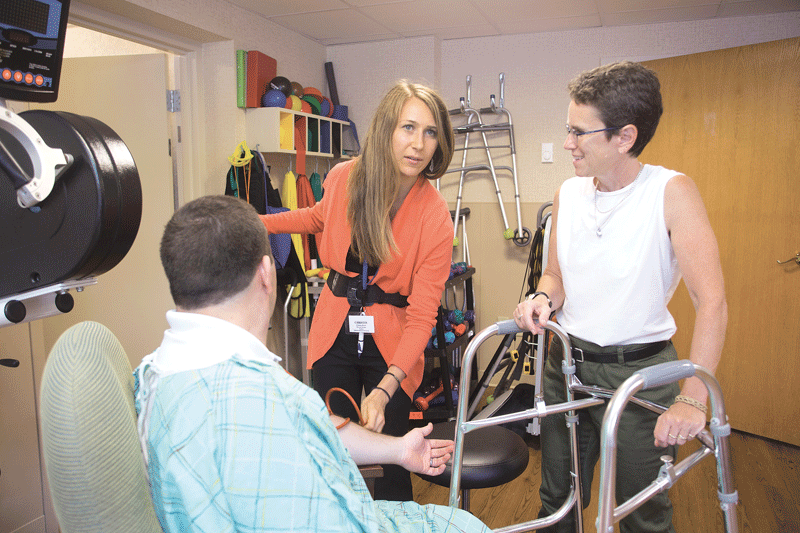Six Keys to Improving the Patient Experience
How does developing the customer-service skills of your team improve healthcare? And why does it matter? At the Physician Practice Resource Center (PPRC), we team up with practices across Massachusetts to identify and analyze challenges and suggest what could work better in each case. As the healthcare industry evolves and patients become more selective, leaders in healthcare organizations agree that improving the patient experience is key. What does that mean exactly, and how can we approach it?
The Beryl Institute, a global thought leader on this topic, defines the patient experience as the “sum of all interactions, shaped by an organization’s culture, that influence patient perception across the continuum of care.” Every interaction a patient has — calling a practice for the first time, scheduling an appointment, completing their visit, obtaining their prescriptions, and all other encounters in between — can impact their overall impression of the practice. A negative impression will tarnish a patient’s experience and, in today’s world of social-media reviews, potentially other people’s, too.
Encouraging your administrative and clinical practice support staff to have a customer-service mentality can profoundly improve patients’ experience, and can also benefit the operations, efficiency, and culture of your practice. This is an opportunity for everyone in the practice to think about their personal interactions with patients, how those interactions influence the patient experience, and how they can play an active role in improving it.
These six pillars of excellent customer service are straightforward approaches that may tend to get lost or forgotten in busy healthcare practices:
- Put patients first. It can be frustrating for a patient to feel unacknowledged, especially when they aren’t feeling well. Recognize a patient’s presence with verbal feedback and/or eye contact, even if you’re mid-phone call.
- Give patients time to talk. Taking the time to fully listen and understand what the patient is saying reduces the risk of missing key facts, letting questions go unanswered, and leaving a patient dissatisfied.
- Listen for tone. The tone of the patient’s voice can provide clues to how they are feeling. Picking up on those clues helps address potential issues and mitigate patients’ irritation.
- Be genuinely nice. No one wants to feel unwelcome or as if they are an annoyance. Take the time to think about how you say something and how it could be perceived.
- Use plain language. To avoid miscommunication and confusion, stay away from healthcare jargon, including acronyms and clinical verbiage, until you are certain the patient understands the meaning.
- Be accountable. Be the single source for the patient, and take ownership of answering questions or assisting with issues. Always seek solutions, and follow up.
Jillian Pedrotty is a specialist with the Physician Practice Resource Center, a program of the Mass. Medical Society (MMS). This article first appeared in Vital Signs, a publication of the MMS.



Comments are closed.